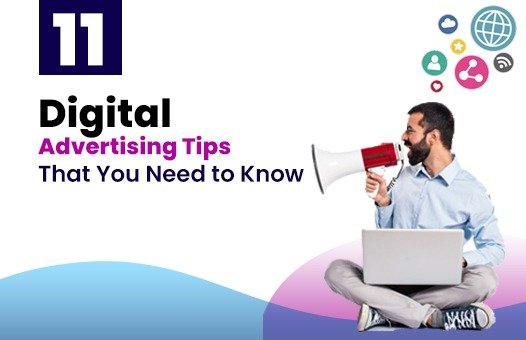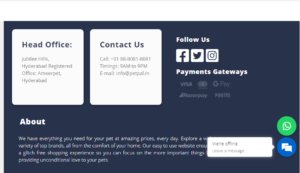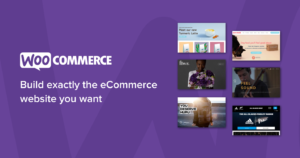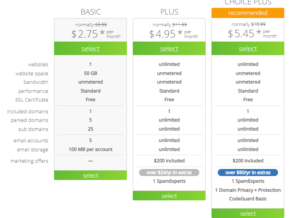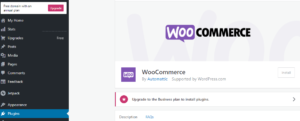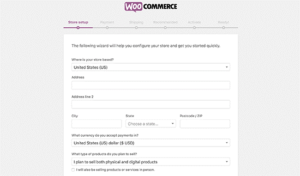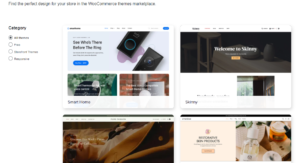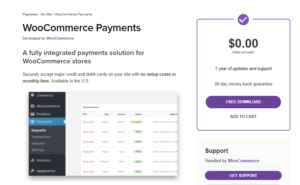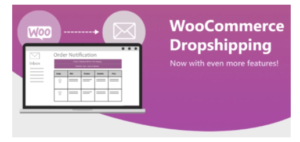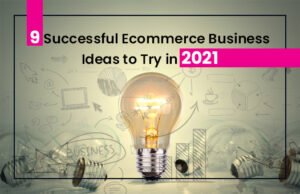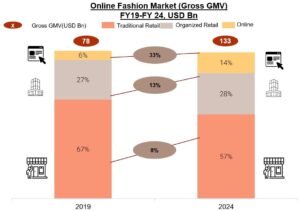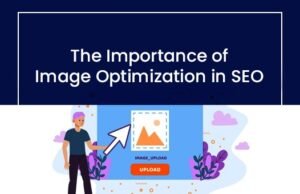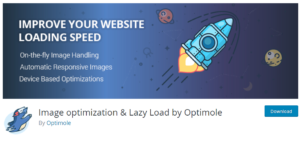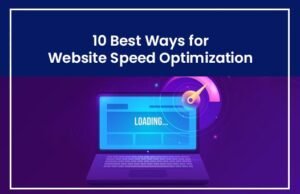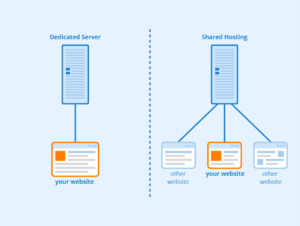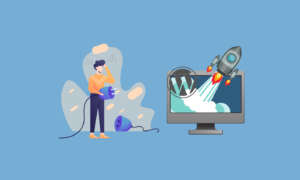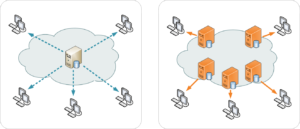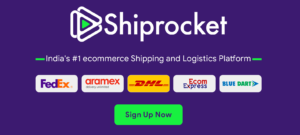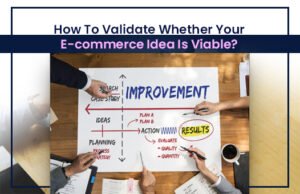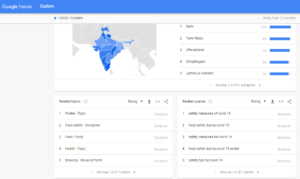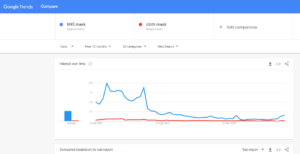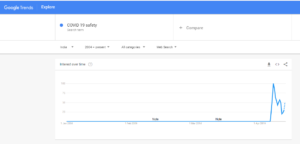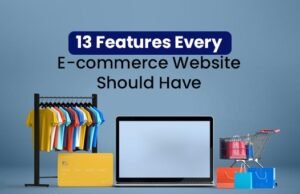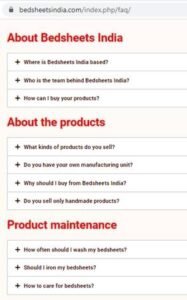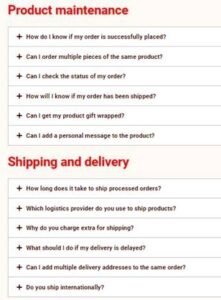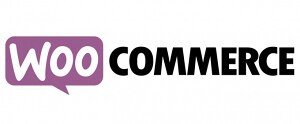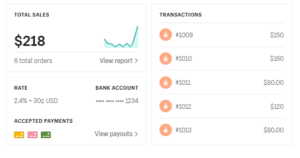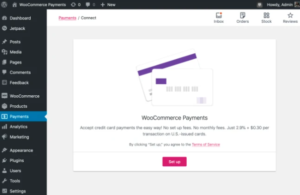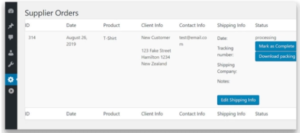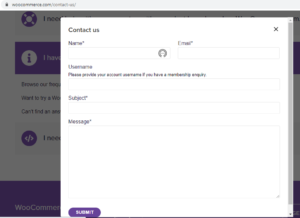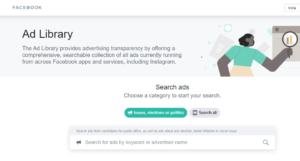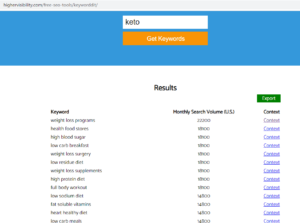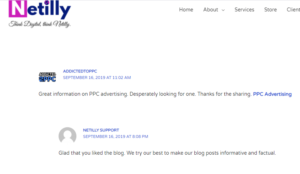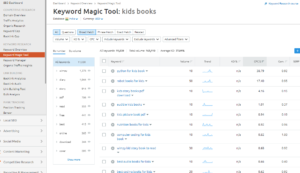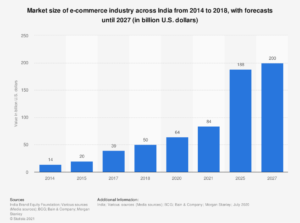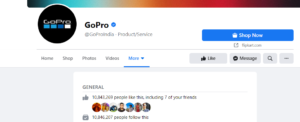11 Digital Advertising Tips That You Need to Know
Digital advertising is a targeted advertising strategy on online platforms that is aimed at advertising and promoting a brand and improving sales. Advertising has always been one of the basic business segments that directly contribute to sales. Digital advertising is no different.
Instead of placing banners on the highways, you place banners on websites and social media pages. Instead of creating advertisements that run on the television, you create video ads on social media. While the idea behind digital advertising may be similar to that of traditional advertising, the way you target people, the kinds of advertising content that you create, and the effort you take all are completely different.
Here are some of the best digital advertising tips curated by the experts from Netilly.
11 Digital Marketing Strategy Tips
1. Creative Elements
Creative elements make the most important part of your digital advertising strategy. Elements are logos, images, videos, banners, themes, mascots, and other elements you use in all your advertising.
These are a part of digital branding too. Here, the more creative your visuals are, the better they will grab online people’s attention. Creative elements start from the logo you choose and extend to the everyday posts you make on social media.
In a day, an average user sees thousands of posts from brands across the world. The creative elements you use will decide whether or not your posts are intriguing enough to click on them.
You must hire a content marketing team to put together amazing creative elements for your brand. Remember, such content is the face of your brand on a digital platform. You need to get this right.
2. Do Your Research

Spending money on digital advertising is cheaper than traditional advertising but can still pinch your pockets if you don’t do it right. One of the most important digital advertising tips and tricks is to research before you spend any money.
Here are some of the questions you need answers to.
- Who is your target audience?
- Which online platform do your audiences use the most?
- What kind of content does your audience like watching?
- What is the aim of your digital advertising strategy? Do you want more leads, brand recognition, or engagement?
Market research is a very important preparation process you have to get right before you advertise. If you have an internal market research team, you can make use of them, and not, there are market research brands that dedicatedly do the task for you. If you work with a digital marketing agency, they conduct market research too.
3. Target the right audience
Targeting the right audience is going to directly decide how many leads you get and what the Return On Investment (ROI) is for your digital advertising expenditure.
Let’s assume you sell funky t-shirts with fun quotes. Who are your target audiences?
- Age – The product interests the younger generation, probably teenagers and adults younger than 30.
- Gender – Both men and women like such T-shirts
- Geography – Targeting tier I and tier II cities may prove beneficial. They have more disposable income and are interested in unique products
- Where to find the audience? – Facebook and Instagram are two platforms these youngsters frequent more.
Create a brainstorming session with your team to get an idea of who you will sell to. This will make your digital advertising efforts pay more. When you spend ₹10,000 on Pay Per Click advertising, by filtering out the target audience right, more potential customers are going to see your ad, and the chances of them checking out your website and making a purchase is higher.
When you don’t filter out your audience, a chunk of people who are shown your ads are going to be middle-aged folks and the elderly who have no interest in what you are selling. Netilly’s eCommerce promotion service will help you pick the right audience and improve your ROI.
4. Optimize your landing pages

Now, this is another of the most important digital marketing tips you have to take seriously. What does optimizing landing pages mean?
A landing page is a page your visitors land on. In the digital marketing world, this is a page created exclusively to convert leads into sales. The page encourages your visitors to take the next step towards buying your product or your service.
When you advertise on social media platforms or the internet in general, you leave the onlookers a web link they can click to check you out. Let’s say your digital advertisement was made well and was interesting enough to get more people to click on the link.
What happens when they click on the bait? They are taken to the landing page. If the landing page does not offer them something interesting, they are going to close the tab and walk away. Customers are also going to close the tab in the following circumstances:
- The landing page looks badly designed/cluttered/filled with ads
- The landing page loads very slowly
- The images on the page are not interesting enough
- The page is not optimized for smartphone screens
5. Clear Call-To-Action (CTA)
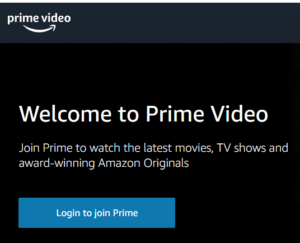

What is call-to-action? It is a piece of content that tells a viewer what to do exactly. One of the digital advertising tips that businesses don’t take seriously is to make things easier for the customer. When you tell them what exactly to do, they will probably do it without much thought!
Here are some very compelling CTAs that can give you some inspiration.
6. Compelling Messaging
Is your digital advertising message compelling enough for your visitors to check you out? This is a question you should be asking yourself every time you create new content. A compelling message is additive to the audience. They cannot help but click on it. This is going to be your success.
Spend a lot of time creating messages that are compelling and interesting. There are so many online digital advertising tools – emails, personal messages, coupons, videos, and social media posts. Create interesting messages everywhere to improve your click-through rate.
Analyze the results of each of your advertising effort. Did a particular message get more clicks and leads than others? What was different in this ad? Why did people like it? Can you create a similar ad and see if it received the same interest?
These strategies will help you over time to know what your audiences like and want and tweak your advertising process the right way.
7. Testing and monitoring
One of the most effective digital advertising tips is to do the A/B testing and monitor the results. A/B testing is also called an experiment. Here you have two groups – a control group and a test group. You conduct experiments on these two groups to understand what strategy works better. The A/B testing is very commonly used to build responsive and professional websites that users love to come back to.
Here is an example. Create two different email advertising content. Share it with the same audience during the same time of the day, for the same number of times a week. Now analyze the results of both the email advertisements. How many clicks did they receive? Who received the email turned into leads and later buyers? How many responses did you get for these emails?
The content that received maximum engagement is considered the better of the two here and you should be structuring your next few email marketing ads the same way.
You can use Google Ads to set up an experiment. Give it a try. This is one of the most interesting digital advertising tips and tricks.
8. Imagery Matters

A picture is worth a thousand words. Despite what your goal is for your digital advertising campaign, using the right images matter. Here is Netilly’s take on image optimization. We have also put together a list of image optimization plugins you can use.
Don’t use images with high pixel ratios. These don’t load fast enough and cause lags when people open your website. Use the right image names and pick the right sizes. All these matters.
When your images tell a story rather than just sell a product, that improves user engagement and helps you reach more audiences. Here are some of the top brands on Instagram that are slaying with their images.
Don’t these images make you want to stare at them a little longer? Imagine having a call to action button with one of these beautiful images. You will get more engagement with these.
9. Analyze data
You might have the best creative and advertising team and maybe putting together awesome content out on the internet. However, how do you know if the efforts work? Another of the most basic digital marketing tips is to analyze your data regularly. Keep making a note of your website traffic, conversion rate, click-through rate, and other such analytics. See if your rates are improving or declining. If it is the latter, then maybe your advertising strategies are not working right.
10. Track conversions

You need to use an analytic tool to track your growth graph. You could have gotten away with manually checking how many people bought from you and how many people clicked on your ad. As you grow, this is not going to work. Invest in a paid analytic tool and ensure you track data right. The reports that these tools generate can go a long way in helping you create focused advertising strategies in the future.
You can start with Google Analytics and then go on to invest in more customized tracking tools in the future.
11. Focus on Return On Investment (ROI)
At the end of the day, nothing matters more than how much you have sold. You could have the best images, awesome videos, and great marketing content. If they don’t earn you profits, they are not of any use.
Sometimes, really basic ideas can get high click-through and conversion rates. As much as you try, you cannot fully gauge what clicks with the users. Keep trying, measure your return on investment for the money spent on digital advertisement and ensure you don’t spend more than you can afford to.
Conclusion
Digital advertising is the future of the advertising industry. Most, if not all of your customers have come online now. It is time for you to take the leap too and enter the digital market. If you are new to the online medium, then this list of top digital advertising tips will help you make the right steps. If you want to get help from a professional, do not worry. We are here to guide you through the process. Our group of expert digital marketers and advertisers will ensure your brand is recognized, loved, and sought out by online users. Get in touch with us for a free consultation right now.
11 Digital Advertising Tips That You Need to Know Read More »

